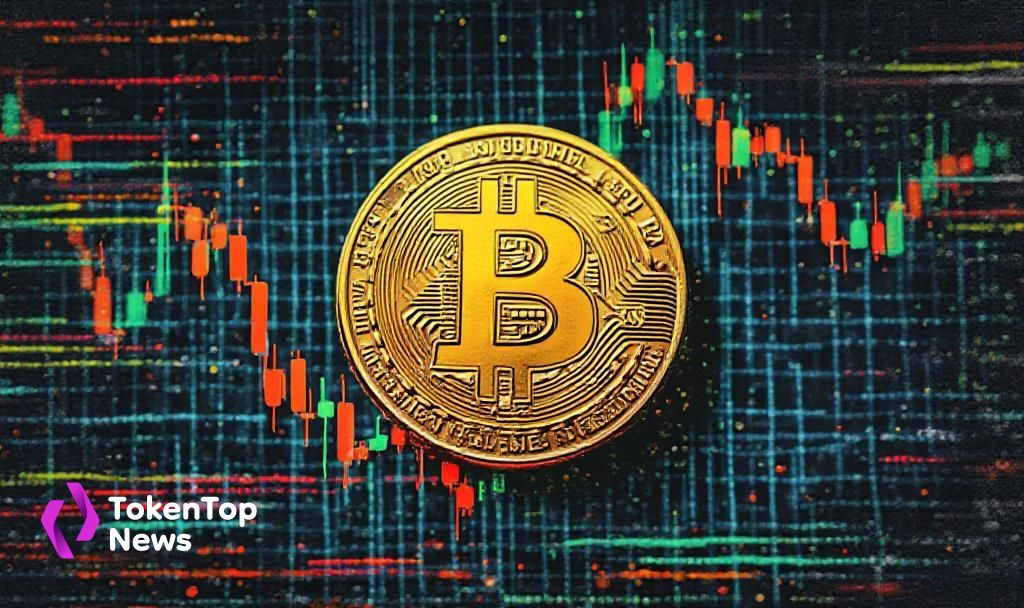Bitcoin and Treasury Yields Show Structural Decoupling
- Bitcoin BTC -2.14% and Treasury yields decouple, signaling a macroeconomic shift.
- Analysts highlight Bitcoin as a store of value.
- Institutional attention on Bitcoin increases amidst market changes.

Bitcoin’s recent break from U.S. Treasury yields, monitored by analysts, indicates a major change in its economic perception as a store of value.
Bitcoin’s new role as a macroeconomic hedge changes how markets view cryptocurrencies, diverging from previous trends.
CryptoQuant analyst Darkfost noted the unprecedented decoupling of Bitcoin from rising U.S. Treasury yields, suggesting a new macroeconomic role for the cryptocurrency. This phenomenon emerges as Bitcoin is increasingly seen as a reliable store of value.
“This anomaly suggests a structural shift in Bitcoin’s role within the macroeconomic landscape, as it is increasingly viewed as a store of value. This new narrative may be redefining how Bitcoin responds to traditional macroeconomic forces.” – Darkfost, Analyst, CryptoQuant
Darkfost, known for his contributions to crypto market analysis, commented on this decoupling’s potential shift in investor strategy. Bitcoin is now monitored more closely by institutional investors, prompting renewed interest as a hedge against macroeconomic volatility.
The decoupling has affected perceptions across markets, particularly regarding Bitcoin’s long-term value. Discussions in online and professional circles have concentrated on Bitcoin’s increasing role in investment portfolios seen as less dependent on traditional insights.
As Bitcoin diverges from typical market responses, it introduces potential financial shifts that impact investment strategies. Analysts are watching Bitcoin as it continues to perform outside expected historical trends.
Markets may see further regulatory or technological assessments as Bitcoin’s evolving role gains attention. Historical data shows similar events have led to increased institutional involvement, suggesting possible future investment shifts toward digital assets.




